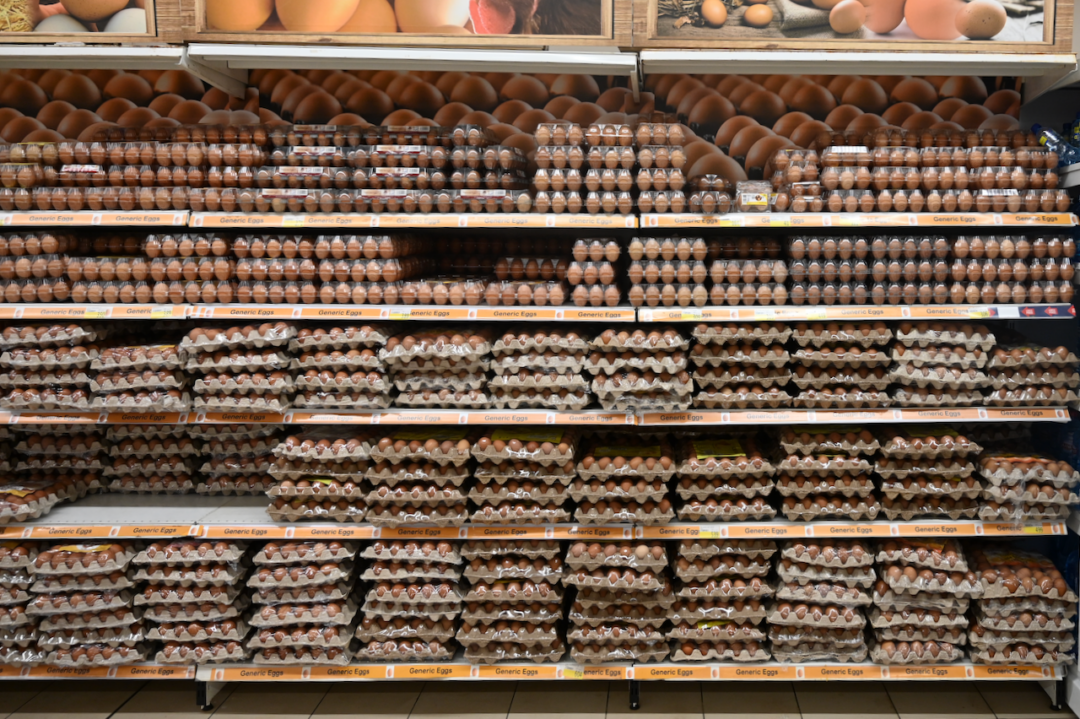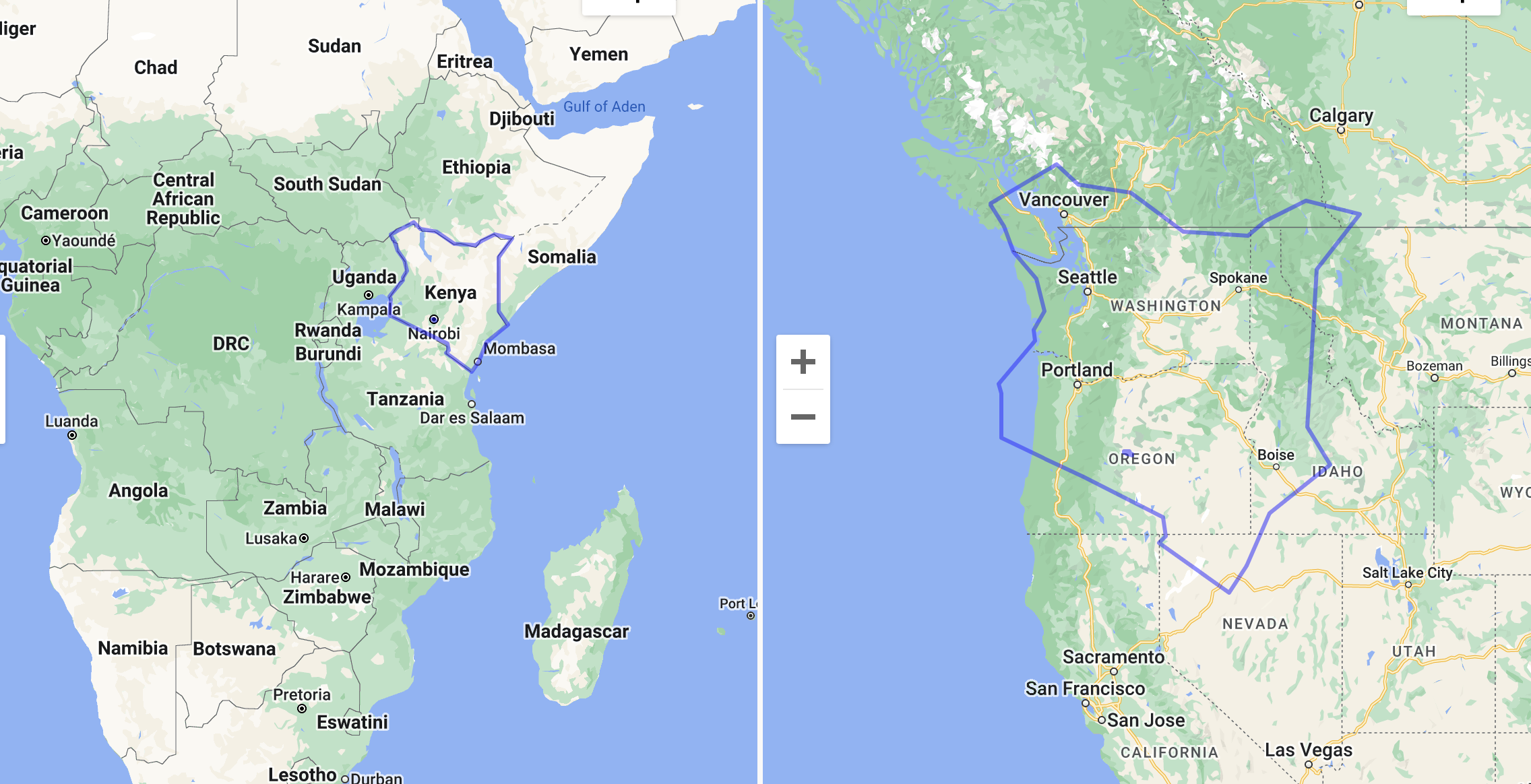One question I kept asking myself before this trip is: does it make sense to travel so far for such a short amount of time? Part of my vacation planning technique is to set a bunch of criteria in Google Flights and then look around the globe. For me, the mental flight time pain point is 16 hours. The time we went to Tokyo was when there was a direct flight, at only 11 hours. Auckland was a SFO hop, coming in at 2.25 + 13 hours. Hong Kong? That was via Vancouver at 1.25 + 14 hours. Every time I’ve looked into India (over 20 hours in the air) or most of the African continent, its simply been a non-starter.
But. I’ve never regretted travel. We’re not getting any younger. I’m not sure how many family trips we have left. We’re privileged to have our health, time off, and the means to auto-deposit to a vacation account. So I moved the flight duration slider, and Kenya popped up as a surprise contender.
I loved the idea of Kenya. We’d already read a couple of books set in the area and fallen in love with the wildlife through documentaries. A few weeks of research, family discussion, and momentary panic of rising flight costs led me to just book the tickets and work out the rest.
After only one day in the country, the answer was yes, it does make sense to travel so far for such a short amount of time. There isn’t any equivalence between the 24 hours of a typical day, an in-flight day, or a day when you’re suddenly half way around the world. Time simply feels different.
Typically when I return from an international trip I have re-doubled love for home: a comfortable bed, the smell of rain, neighborhood walkability, having a kitchen. When I returned from this trip my thought was: Americans are all so rich.
Kenya’s political history, from land-grabbing, genocidal colonialists, to corrupt, tribalist leaders, has left it with a weak infrastructure. In the US we hear things like “there’s poor, and then there’s ‘government cheese poor’”. Kenya makes all of the US, including the poorest areas, look rich. It’s all relative. In Kenya, the WHO & Unicef’s 2015 Sanitation and Drinking Water report shows that only 22% of people had access to piped water at home. I wondered why so many kids were fetching water during the hottest part of the day. It turns out people may be fetching water 4-6 times per day. Similarly, there’s been a huge effort to expand the electrical grid (where thankfully Kenya is a leader in geothermal), but electrical adoption for cooking is low.
Around 50% of urban residents live in informal settlements (https://ourworldindata.org/grapher/share-of-urban-population-living-in-slums?tab=chart&country=KEN), compounding difficulty of access to basic sanitation and utilities. My experience of seeing things differently at home seems cliched but it was also unexpected. I’m not sure what to do with the feeling.
A few practicalities:
- We packed with one large backpack, three small backpacks (carry on), and a small hydration backpack (initially packed in the large backpack). The checked bag only contained clothes so that we could keep our valuables with us (camera, iPads, binoculars). We wore sneakers the whole time.
- Next time I would bring shampoo. I could not get my hair clean with any of the provided shampoo or bar soap.
- Setting up Safaricom & MPesa was a hassle at the start but was completely worth it. The cell coverage was pretty good (usually faster than any Wifi that might be available) and everyone appreciates being paid/tipped with MPesa
- Kenya requires an eVisa prior to entry. It wasn’t difficult to get, but they want to know when and where you’ll be.
- The extreme time difference made every email cycle for planning take a day. In retrospect I should’ve tried to find a mutually acceptable time for a Zoom call. Some decisions were made in haste when places started to book up.
- Do not plan to self-drive on your first trip! The road conditions are generally poor, other drivers are erratic, there are people and animals everywhere, and the police are corrupt. Even if you are not booking through a tour operator you can hire a driver.
- Do not buy plane tickets without pencilling out a basic budget for the rest of the trip. Most places, especially those for game drives, charge per person per day. It is costly.
- Kenya’s land area is somewhere between Oregon + Washington and Texas, with a population of around 50 million. You won’t be able to see it all, but the Maasai Mara cannot be missed.
Reading list
Non-fiction
Imperial Reckoning: The Untold Story of Britain’s Gulag in Kenya – Caroline Elkins https://www.goodreads.com/book/show/197327
If you have any interest in history, I highly recommend this book. It’s an unflinching look at the period from 1952-1960 where British policies led to the deaths of tens of thousands of Kenyans.
Unbowed – Wangari Maathai https://www.goodreads.com/book/show/201111.Unbowed?ref=nav_sb_ss_1_7
Uplifting autobiography of the Nobel Peace Prize winner who started the Green Belt Movement. She knocks down one obstacle after another.
Love, Life, and Elephants: An African Love Story – Daphne Sheldrick https://www.goodreads.com/book/show/40940539-love-life-and-elephants
Autobiography of the wife of a prominent game reserve developer. She comes from early colonialist stock and later rescues baby elephant orphans. Don’t read this without reading Imperial Reckoning first.
Historical fiction
The Havoc of Choice – Wanjiru Koinange https://www.goodreads.com/book/show/51032352-the-havoc-of-choice?
Fictionalized account of real political violence surrounding Kenya’s 2007 election. I had to confirm after finishing the book that many of the events actually happened (it was really bad!). As far as the fiction goes, I didn’t love the character development or writing.
Young adult
The Hope Raisers: How a Group of Young Kenyans Fought to Transform Their Slum and Inspire a Community – Nihar Suthar https://www.goodreads.com/book/show/60809658-the-hope-raisers
Short, interesting non-fiction look at a group of kids working to make things better for themselves in Nairobi.
City of Saints & Thieves – Natalie C. Anderson https://www.goodreads.com/book/show/33956433-city-of-saints-thieves
A fun, action-filled, mystery thriller set in Nairobi. I tried to find YA books by Kenyan authors but the pickings were slim, hence this one by an American who’s spent time in Kenya.
The House of Rust – Khadija Abdalla Bajaber https://www.goodreads.com/book/show/56269267-the-house-of-rust
A coming-of-age philosophical novel set on the coast. Not my favorite, but the writing is nice and I think someone else would like it a lot. The author is Mombasa-born.
Kids & Middle Grade
Only the Mountains Do Not Move: a Maasai Story of Culture and Conservation – Jan Reynolds https://www.goodreads.com/book/show/12382460-only-the-mountains-do-not-move
Good kid-level introduction to Maasai culture.
Facing the Lion: Growing Up Maasai on the African Savanna – Joseph Lemasolai Lekuton & Herman Viola https://www.goodreads.com/book/show/127180.Facing_the_Lion
A kid-relatable and personal story of someone who had a Maasai childhood and went to college in America. Available to read on archive.org.
The Magnificent Migration: On Safari with Africa’s Last Great Herds – Sy Montgomery https://www.goodreads.com/book/show/40796204-the-magnificent-migration
Beautiful photography and as always great natural science writing from Montgomery. The focus is on the Serengeti in Tanzania, which borders the Maasai Mara in Kenya.
The Matatu – Eric Walters https://www.goodreads.com/book/show/13572083-the-matatu
Short, fun, read-aloud for all ages. We saw matatus everywhere!




Leave a Reply